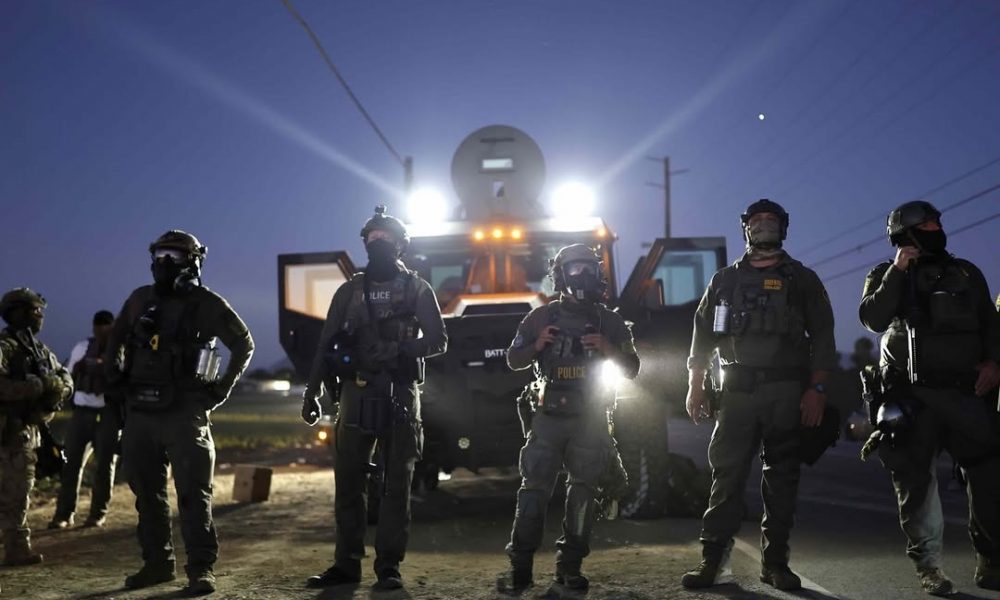
Women of Color Build Networks of Resistance Against ICE Raids

ICE raids have shaken communities across Colorado. But women of color are fighting back with grit and precision. In cities like Denver and Aurora and on the Ute Mountain Ute Reservation, they have built a web of quick action and mutual care that refuses to let fear take control.
Lucy Molina, a Commerce City activist and school board member, and Renée Chacon, a city councilmember, helped shape this network of nearly 200 women. They use social media and word of mouth to track detainments.
When ICE moves into a neighborhood, alerts fly out within minutes. Neighbors know where to go, who needs help, and how to stay safe.
Resources and Misinformation Battles
This network also provides resources that fill the gaps left by broken systems. Women translate legal documents, connect families with attorneys, and organize emergency funds. When someone loses a breadwinner to an ICE raid, they step in with rent money and groceries. They make sure kids stay in school and families stay together.
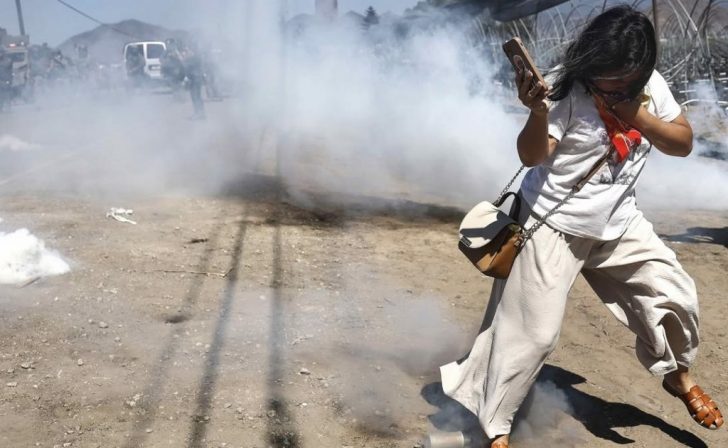
ICE / IG / Misinformation spreads fast after an ICE raid. These women of color work even faster. They share verified facts that calm panic and cut through rumors.
Trust is fragile, especially when state leaders, like Governor Polis, are seen sharing data with ICE. Clear updates rebuild that trust.
However, legal and emergency response systems power this resistance on the ground. Women-led groups team up with rapid response networks like the Colorado Rapid Response Network, a force of more than 2,000 volunteers. When reports of an ICE raid pop up, these responders race out, confirm what is happening, and document abuses. Their presence holds agents accountable and protects families.
Inside detention facilities, women like Juneliz Fernandez step in as lifelines. In Aurora’s ICE facility, she and her peers guide detainees through legal options and offer emotional support. Their work is hands-on and personal, often standing in for families who cannot get inside to visit.
Building Knowledge and Economic Support
Know Your Rights training strengthens the community even more. Groups such as St. John’s Community Health in Los Angeles share lessons on how to handle ICE encounters. They explain exactly what to say and when to stay silent. These lessons turn fear into power and confusion into confidence.
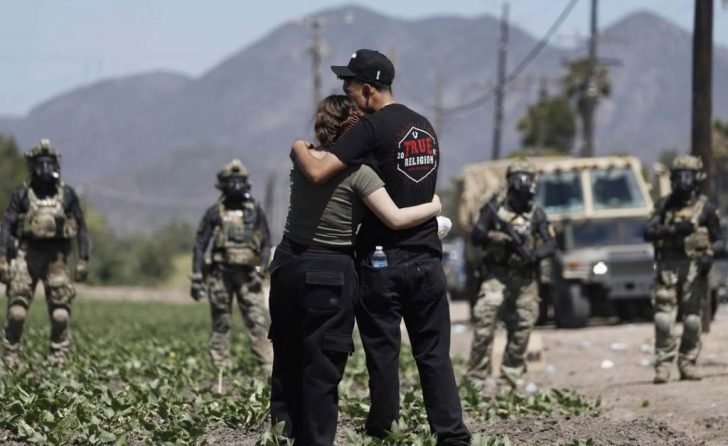
ICE / IG / Economic fallout hits hard after an ICE raid. Molina has seen how raids often target Latino men, the main earners in many homes.
Women left behind face rent, bills, and food costs alone. Networks of support step in fast, pooling funds for child care, rent, and food. They move money with purpose, turning collective action into survival.
Trauma also lingers long after the raids stop. To help heal, groups like the National Association of Social Workers host online sessions like Rooted Together. These sessions give women a safe space to talk about what they have seen, cry if they need to, and rebuild their sense of self. Healing becomes part of the resistance.
Intersectional solidarity drives this movement beyond borders. Black and Latino women join forces in Los Angeles and Colorado, calling out ICE raids as part of a bigger pattern of systemic racism. Black Women for Wellness and the Black Alliance for Just Immigration lead protests and push for allyship campaigns, knowing that 1 in 5 Black Angelenos are immigrants.
Shared tactics link these movements. Leaders like Baba Akili from Black Lives Matter LA connect the dots between ICE raids and police violence. They push communities to stand together and share strategies. What works in one neighborhood sparks action in another, building a chain of resistance that stretches across states.
More inCommunity
-
`
How Good Is Street Food in South Korea?
Street food in South Korea is a way of life. You will see students grabbing skewers after class, office workers stopping...
July 17, 2025 -
`
Iconic American Vogue Editor-in-Chief Anna Wintour Steps Down After 37 Years
After 37 years at the helm of American Vogue, Anna Wintour has officially stepped down as editor-in-chief. The 75-year-old British editor...
July 10, 2025 -
`
Here’s Why Psychedelic Healing Doesn’t Need Big Pharma
Community is the heart of real psychedelic healing. Not sterile clinics. Not white lab coats. And, of course, not a billion-dollar...
July 4, 2025 -
`
Visit Tongass National Forest, the World’s Largest Temperate Rainforest
Tongass National Forest is where wild meets massive. It is the largest temperate rainforest on Earth, spreading across a jaw-dropping 16.7...
June 26, 2025 -
`
Luxury Superyacht Foodie Documentary Set for Premiere in Autumn 2025
Superyacht Foodie is setting sail into uncharted waters with a bold new documentary. “Superyacht Foodie Adventures” premieres in autumn 2025 and...
June 19, 2025 -
`
5 Doable Ways of Preventing High Blood Pressure (Hypertension)
Hypertension is sneaky. It usually shows no symptoms until it has done real damage. That is what makes it dangerous. If...
June 12, 2025 -
`
Nevada High School Student Arrested for Bringing Gun to Campus
In Nevada, a 10th-grade student at Community High School was arrested on Thursday afternoon after allegedly bringing a gun onto school...
June 6, 2025 -
`
Retirement Can Wreak Havoc on Your Mental Health. Here’s The Fix
Retirement sounds like a dream: No more meetings, no more commutes, and finally, time to do whatever you want. But retirement...
May 29, 2025 -
`
5 Must-Visit Spots in Peru for a Real Food Adventure
A real food adventure starts the second you land in Peru. This place doesn’t just serve food. It tells stories through...
May 22, 2025

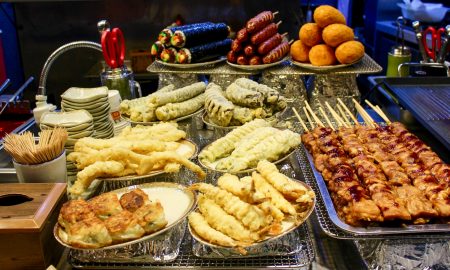

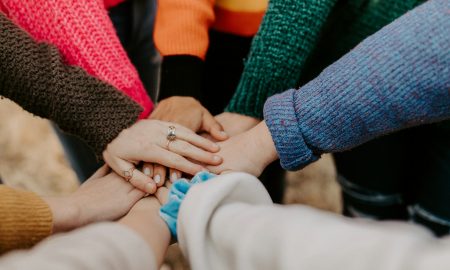

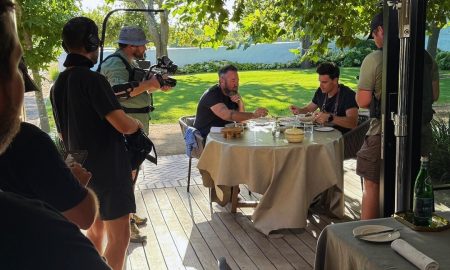
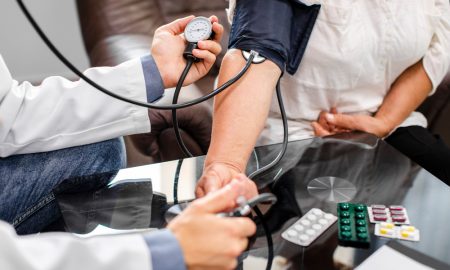
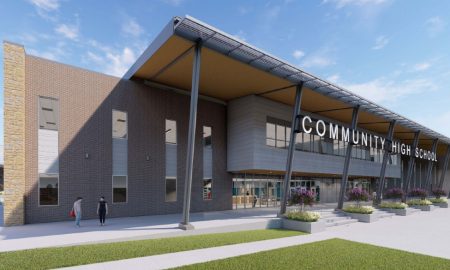

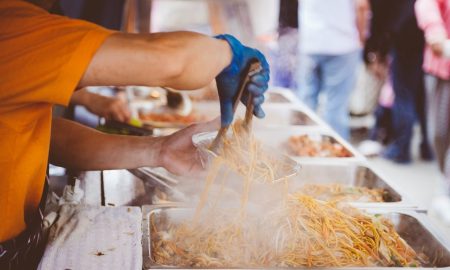
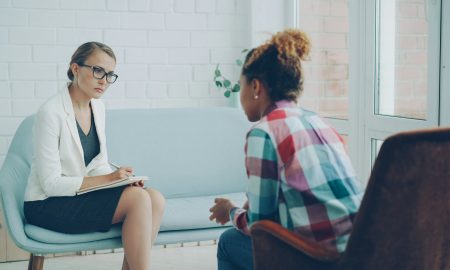
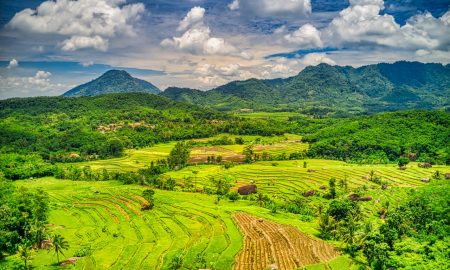

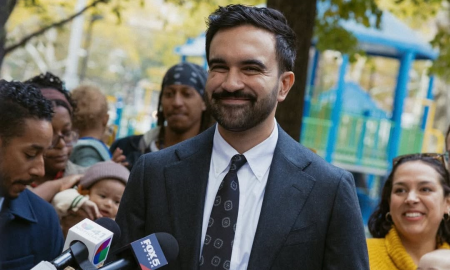

You must be logged in to post a comment Login